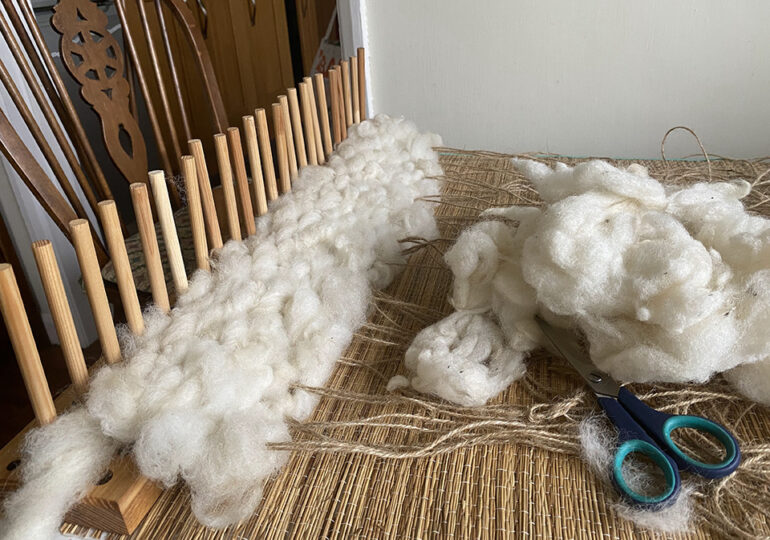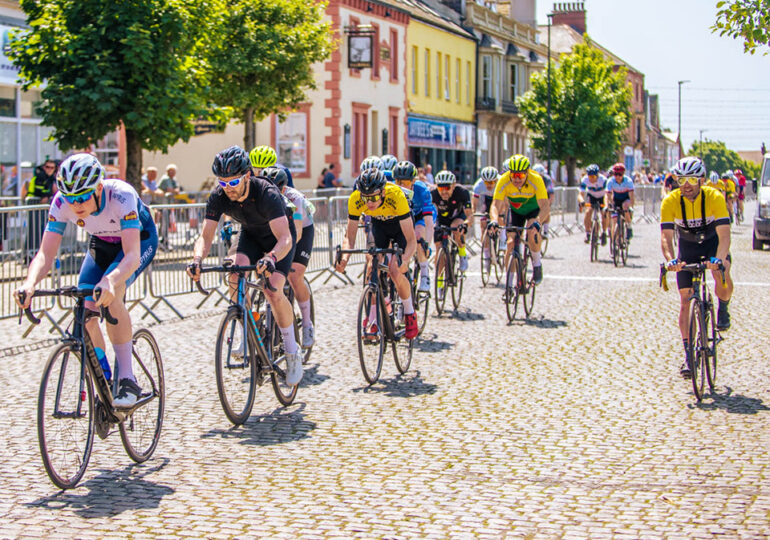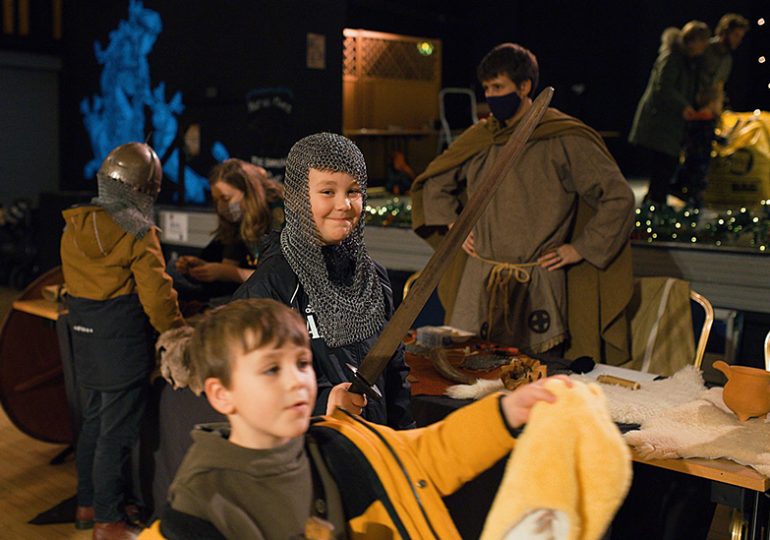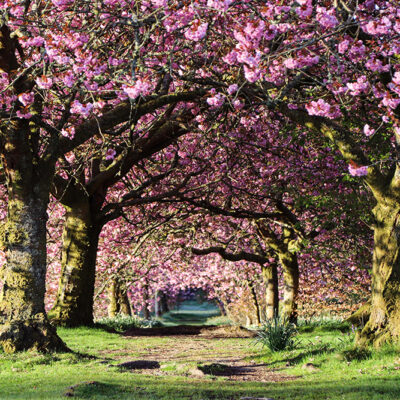To Bee or not to Bee

By Danielle Murphy
In the latest installment of our Wild about Cumbria, Danielle Murphy takes a look at one of the most important species you will see this summer. This particular animal is smaller than a mouse, yet vital to our way of life. If you haven’t already guessed, it is our friend the Bumblebee.
The summer is the perfect time for walking in Cumbria. The landscape iridescent with a green hue, pumping from the trees and vegetation which flourishes among the lakes and mountains in the summer months. You can be transported to another world, a world vibrant with wildlife.
There are over 250 species of Bee within the British Isles. However, it is the humble Bumblebee which is in the most trouble. They have experienced a rapid decline through the decades due to the changes in the British countryside and the use of deadly pesticides.
When you think of the countryside, you think of huge green fields expanding all the way to the horizon. However, once over the countryside was bursting with much more vibrant colour. British wildflowers have been in decline and this is believed to be the cause of the Bumblebee crisis.
As a result, two native British Bumblebees have become extinct in the last century. Cullum’s Bumblebee (Bombus Cullumanus), was last recorded in 1941 and The Short-haired Bumblebee (Bombus Subterraneus), was last recorded in 1988.
Bumblebees are our friends and not many people understand the impact that these tiny creatures have on our lives. On a daily basis you will eat or drink something thanks to the Bumble Bee. These guys are natural pollinators, the impact they have is far greater than any artificial method. It is estimated that Bumblebees contribute £400 million per year to our economy.
Personally, I love Bumblebees and would hate to discover that another species has become extinct, knowing that with just a few changes we could have saved them.
So, if you enjoy the hum of buzzing in your garden or seeing the fuzzy insects working hard on your daily walk then there is one simple thing you can do to help; plant some Bee friendly flowers in your garden to attract Bumblebees and help them thrive.
You don’t have to grow a whole meadow, but a few flowers in your garden can make a huge difference, and flowers can also attract other grateful creatures to your garden and make it look pretty, so why not? For some inspiration, we have provided a list of Bee friendly flowers.
We want to help these furry critters as much as they have helped us, so we urge all of our readers to consider the Bees this summer, because if something doesn’t change, one day we will only have photos and the memory of the humble Bumblebee.
Bumble Bee Facts
- Bees that hatch in late summer are usually males (Drones) or queen bees.
- Queen bees shiver to keep herself and eggs warm.
- Bees use a dance called the waggle dance to communicate with other bees and help locate the most abundant food sources.
- They use the sun as a point of reference and use their internal compass to navigate their way home.
- Bumblebees don’t die when they sting, this is found in honey bees.
Bee Friendly Flowers
Aubretia (Aubretia)
- English bluebell (Hyacinthoides non-scripta)
- Flowering currant (Ribes sanguineum)
- Grape hyacinth (Muscari botryoides)
- Lungwort (Pulmonaria spp)
- Primrose (Primula vulgaris)
- Sweet violet (Viola odorata)
- Winter aconite (Eranthis hyemalis)
- Wood anemone (Anemone nemorosa)
- Coneflower (Echinacea purpurea)
- French marigold (Tagetes spp)
- Golden rod (Solidago candensis)
- Honeysuckle (Lonicera spp)
- Ivy (Hedera helix)
- Michaelmas daisies (Aster novi-belgii)
- Perennial sunflower (Helianthus spp)
- Buddleia (Buddleja davidii)
- Heather (Calluna vulgaris)
- Lady’s bedstraw (Galium verum)
- Lavender (Lavendula spp)
- Mallow (Lavatera spp)
- Purple toadflax (Linaria purpurea)
- Rock cress (Arabis caucasica)
- Sea holly (Eryngium maritimum)
- Verbena (Verbena bonariensis)
- Wallflower (Erysimum cheiri)ed valerian (Centranthus rubra)
Share It:
















